A fighting squadron was much more than just a combination of the personal abilities of its pilots and the performance of its aeroplanes. Many factors would influence a squadron’s mission like the mechanical and design characteristics of its aeroplanes, the training received or the environment of the combat theatre.
In Blood Red Skies, these factors are represented through the Action Deck. The contents of each player’s action deck will be greatly influenced by the aircraft and pilots in their squadrons, as well as the theatre and particular scenario for the game about to be played. The action deck will thus be a mixture of Trait, Theatre and Doctrine cards. Ace skill cards and Equipment cards are also available as options.
Aircraft Trait Cards
Trait cards represent the ways that certain aircraft ‘broke the rules’ compared to their contemporaries, and in the finely balanced world of air combat, it was these advantages that often gave their pilots the edge. To pluck the Midway Starter set aircraft as examples, such characteristics include the rugged hardiness of the F4F Wildcat or the nimble agility of the A6M2 Zero.
When constructing their action deck, players must include one matching Trait card for each aircraft involved in the fight (note that not all aircraft have traits). During the game, these cards can ONLY be played on the type of aircraft that contributed it to the action deck during deck construction.
Where aircraft have multiple traits, the cards in a deck must be split as evenly as possible. For example, in a game with six Zero fighters the Japanese Navy player’s Action Deck would comprise three ‘No Stalling’ and three ‘Deep Pockets’ Trait cards.
Negative traits are an exception to the rule in that they can never contribute cards to an action deck. Instead, these traits always affect the aircraft.
Doctrine & Theatre Cards
The Second World War was a truly global conflict fought across many different theatres, ranging from the arid deserts of North Africa to the vast expanse of the Pacific Ocean. Each theatre presented unique advantages and disadvantages for the participating air forces, be they defenders or attackers. Each air force also fought differently, with strategy and tactics developed to take advantage of the strengths and weaknesses of their equipment and personnel. Adding Theatre and Doctrine cards allows you to incorporate these factors into your Blood Red Skies games, greatly adding to the flavour.
Which Doctrine and Theatre cards are included in a deck will be guided by historical scenario, or can be randomly allocated in a casual game. You’ll always include two theatre cards in a deck and one doctrine card per six aircraft (per side).
Using Action Cards
In standard games, players will usually have a hand of three action cards. This is increased to four in games involving more than 12 aircraft per side. Each aircraft can usually only gain the benefits of a single Action card per activation. Once the effect is played, the player should check to see if that action card is retained as shown at the foot of each card. There are six categories of retention:
- Auto: The card automatically returns to the player’s hand after the aeroplane’s activation is over.
- Discard: The Trait card is discarded automatically after use and placed in a discard pile.
- Remove: The Trait card is removed from play altogether once used, do not return it to the Action Deck during this game.
- Pilot test: Roll a number of dice equal to the aircraft’s pilot skill. If a 6 is scored the card returns to the player’s hand.
- Manoeuvre test: Roll a number of dice equal to the sum of the aircraft’s pilot skill and agility. If a 6 is scored the card returns to the player’s hand.
- Gunnery test: Roll a number of dice equal to the sum of the aircraft’s pilot skill and firepower. If a 6 is scored the card returns to the player’s hand.
Doctrine Card Bonuses
Certain combat doctrines became especially powerful in combination with specific aircraft traits, and the most successful doctrines were those adapted to leverage those advantageous traits. To represent this, most Doctrine cards list a ‘bonus card’ in the form of an aircraft Trait card.
When a Doctrine card is played, a bonus Trait card of the kind specified can also be played on the same aircraft. Both cards take full effect – if applicable – and the player only discards the Trait card afterwards, retaining the Doctrine card in their hand to potentially use it again. Note that no retention test is made in this case – the Trait card is always discarded, and the Doctrine card is always retained.
Bonus cards do not count against the limit of one card played on an aeroplane per turn.
Example Action Deck Construction
Chris and Robin intend to play a simple Dogfight using the contents of the Battle of Midway Starter set. Chris is playing as Imperial Japan whilst Robin will defend with his United States Squadron. Both players agree that this will be an early Pacific Theatre conflict and that their theatre and doctrine card selections will be guided by the advice in the Battle of Midway booklet (page 34).
For his F4F Wildcats, Robin must include six Robust Trait cards when constructing his Action deck, one for each of his aircraft. He will also include two Theatre cards and a single Doctrine. He opts for Superior Armament, Poor Visibility and for his doctrine, Bait & Switch.
Robin hopes to capitalise on his already comparatively heavy firepower with Superior Armament, enabling him to add an extra dice to an attack roll; the timing to play this card is crucial – such a gambit should be made to tip the odds of a hit towards certainty, and should not be thrown away on a throwaway shot.
He also takes Bait & Switch, wary of the opposing Zeros’ higher manoeuvrability and agility. This has the potential to force an enemy plane that has moved into a tailing position to become disadvantaged as well, thus negating a potentially devastating (and immediate tailing shot).
As his A6M2 Zeros have two traits, Chris must include three No Stalling and three Deep Pockets trait cards. His chosen theatre cards are Poorly Trained Opponents and Low Level Haze, whilst he chooses Aggressive Tactics as his doctrine.
Chris takes Poorly Trained Opponents; hoping to negate a shoot action or outmanoeuvre action that would leave one of his fragile Zeros vulnerable. Should this prove unsuccessful, his disadvantaged planes will at least roll an extra die when dodging hits throughout the game. Although this benefit also affects the Wildcats, they are relatively sluggish and will not benefit as much as the already agile Zeros.
Finally he takes Aggressive Tactics. This combos well with the No Stalling card (which counts as a Tight Turn for Doctrine purposes); when played together allows the Zero to turn up to 45 degrees prior to moving, then move between 1″ and half speed and turn a further 45 degrees at any point during that movement. This is an exceptionally powerful ability; shake off the most dogged pursuits or get into a sudden and unexpected tailing position.
Battle of Midway
You’ll find six highly detailed F4F Wildcats in the brand new Blood Red Skies: The Battle of Midway starter set, along with six opposing Mitsubishi A6-M2 Zeros and everything else you need to get playing! Full contents:
- 12 x Warlord Resin aircraft (6 x Mitsubishi A6-M2 Zero & 6 x Grumman F4F Wildcat)
- 12 x BRS Advantage Flying Bases
- 2 x BRS Midway punchboards
- 1 x BRS Plastic Token Sprue
- 1 x BRS Battle of Midway Rules Booklet
- 1 x BRS Quick Reference Card
- 6 x Aircraft Cards (Douglas Dauntless, Douglas Devastator, A6-M2 Zero, Aichi D3A ‘Val’, Nakajima B5N Kate & F4F Wildcat)
- 6 x Aircraft Trait Cards
- 17 x Doctrine Cards
- 18 x Theatre Cards
- 12 x BRS Combat Dice
- 1 x USN/IJN Self-adhesive sticker sheet
- 1 x USN/IJN waterslide decal sheet
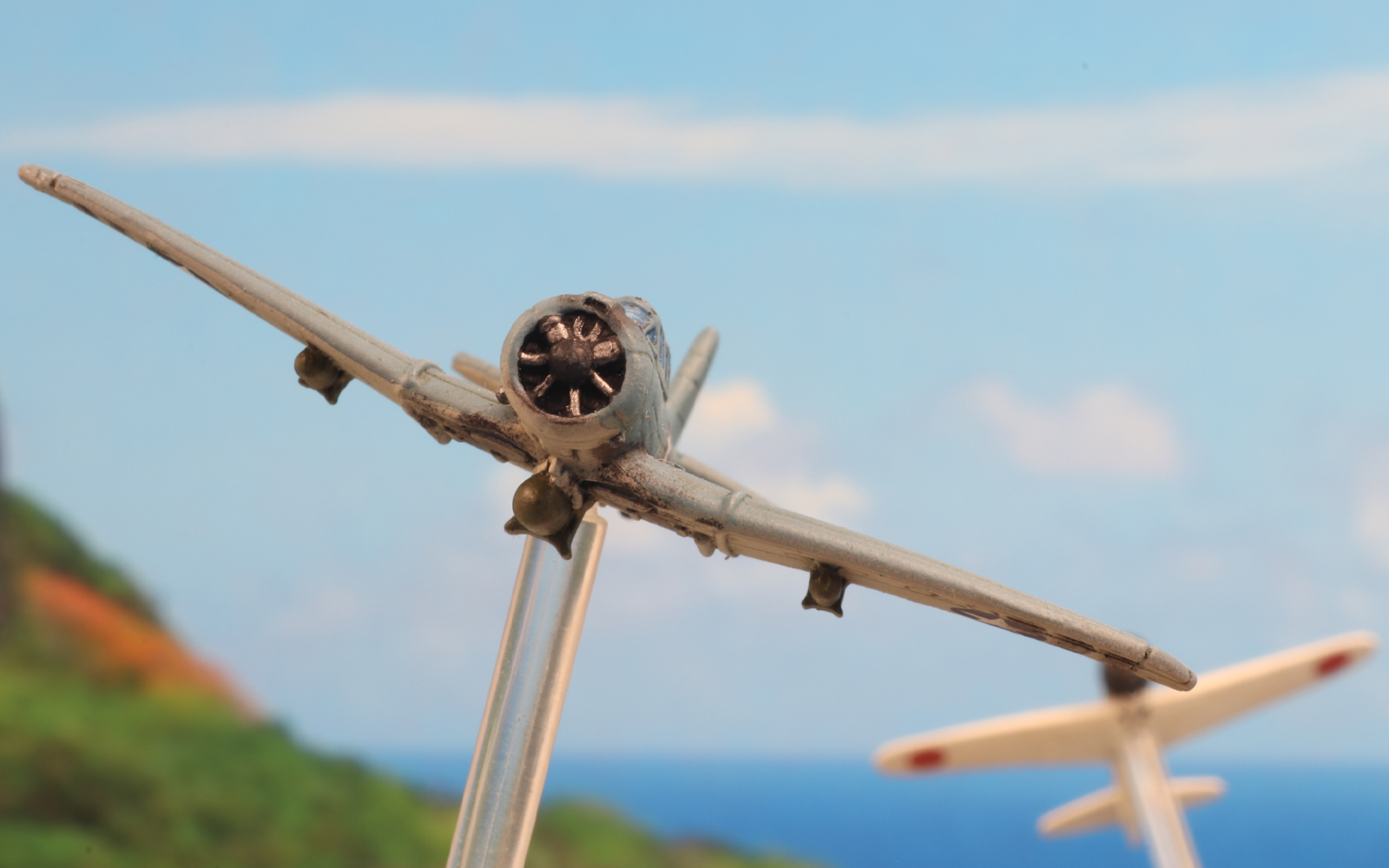
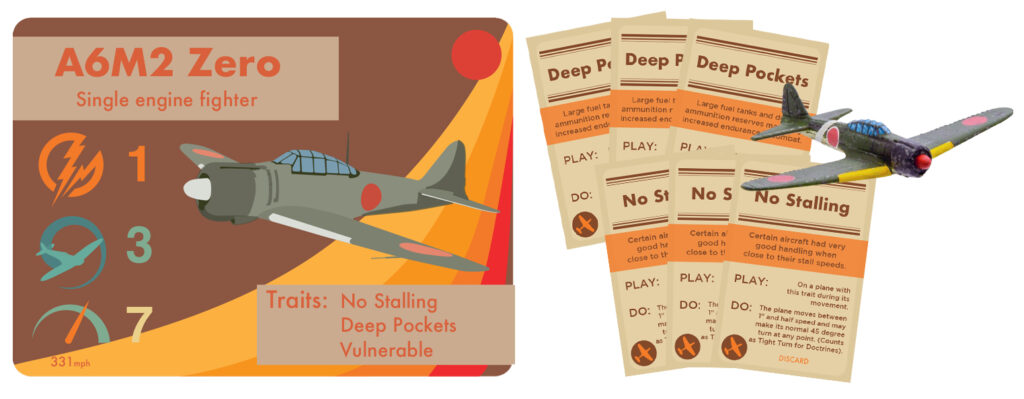

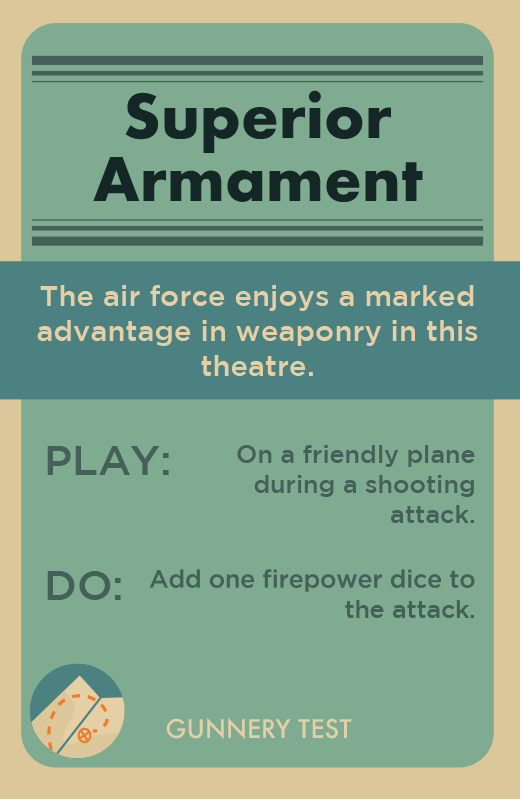
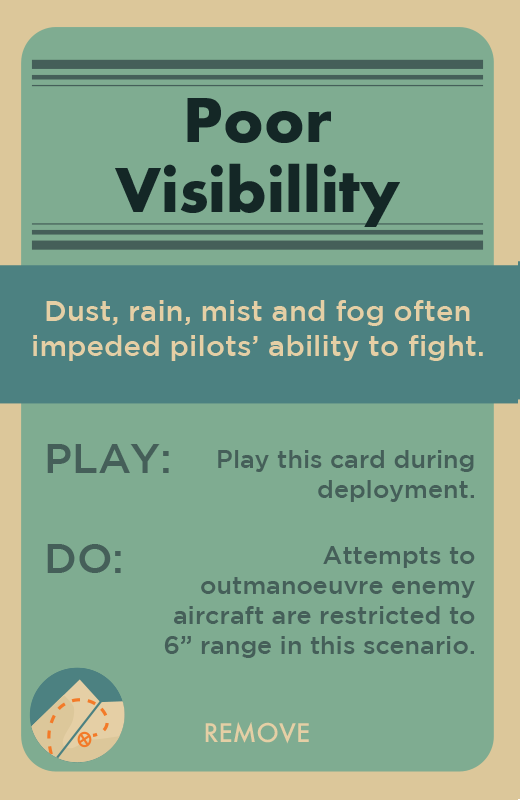
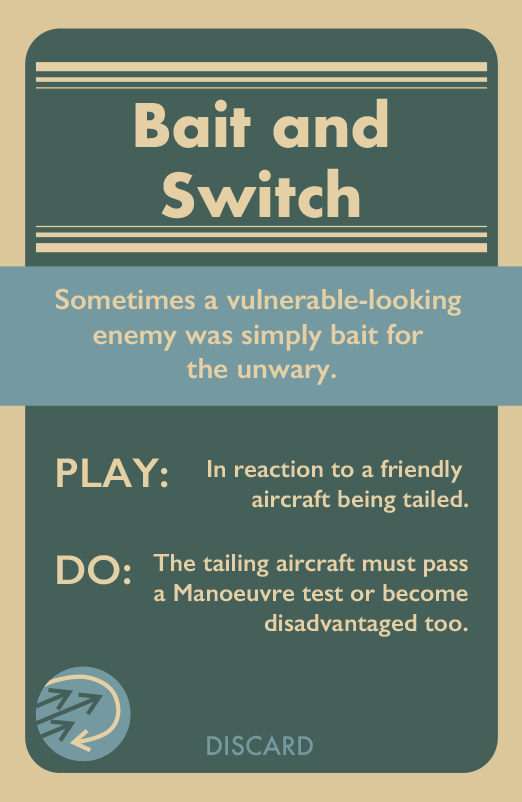

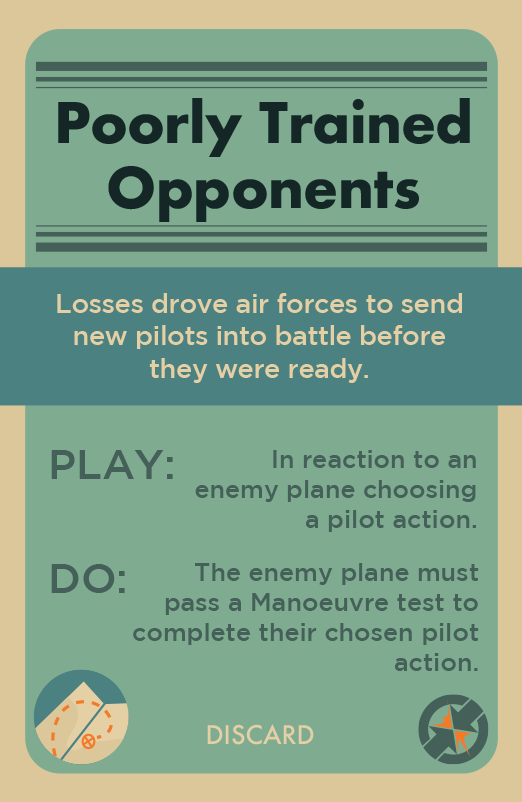
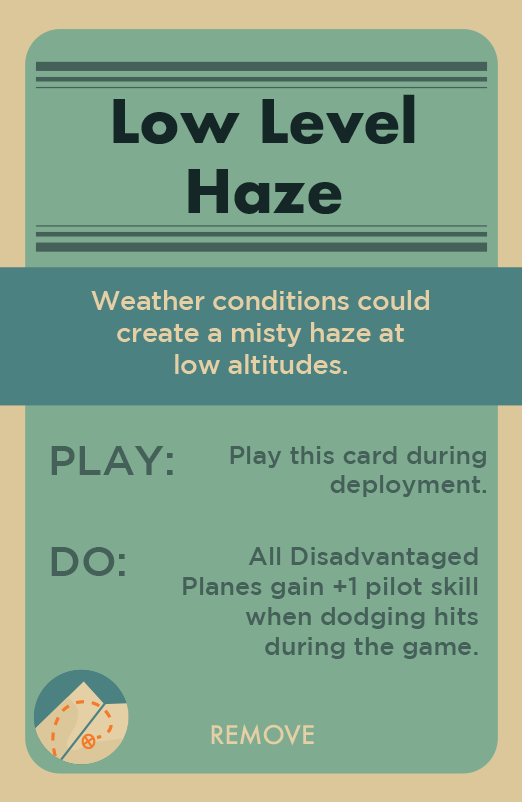


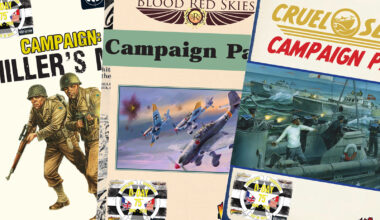
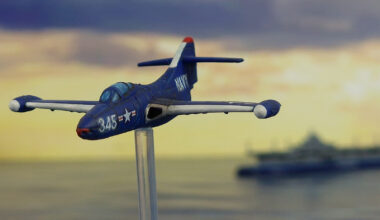
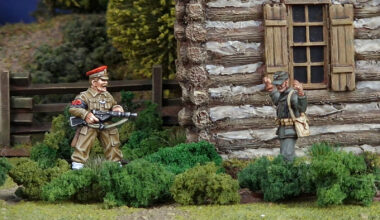
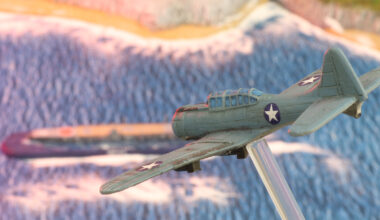
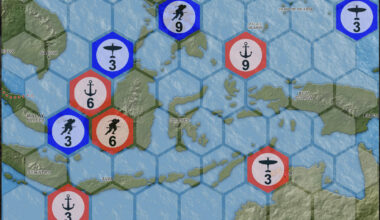
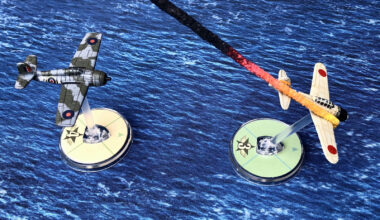
3 comments
Great article – keep up the good work!
Dan, thanks! Write more! Interesting!
Good info for us Nuggets (USN slang for brand new pilots). Speaking of Navy pilots, us there a guesstimate when the Midway sets are going to hit the streets. Also, can we presume there will be a PBY Aircraft card likewise coming to a Pacific Island near us soon?
Comments are closed.